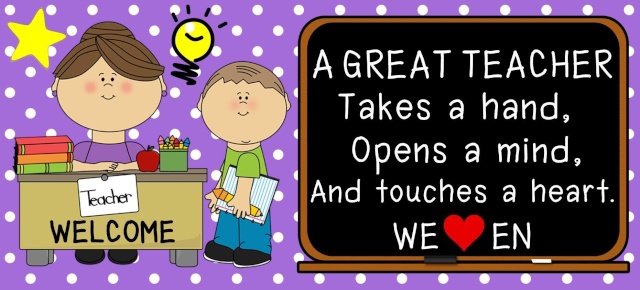Responses that are inappropriate or wrong
Again, when students respond incorrectly or insufficiently to teacher questions, the teacher can feel disappointed because the teaching-learning process does not seem to be proceeding smoothly and efficiently. However, teachers must avoid the temptation to blame the student for not listening or processing the question well. Instead, the teacher should use incorrect responses as a means of ongoing assessment to determine students' needs and misunderstandings (Hudelson, 1984). If teachers check student understanding during instruction, rather than wait until the end of the lesson, the teacher has the opportunity to reteach or clarify misunderstandings (see Table 5). One differentiation the teacher can make regarding incorrect responses is whether the source of the miscommunication is content or language based. Some students lack the linguistic ability in English to express themselves clearly, but this does not preclude their comprehension of the material. With support from the teacher, ELLs can refine their linguistic competence so that they can communicate their knowledge of content. The following is an example to illustrate this point.
Before reading a book about sharks, the teacher asked the students to tell what they knew about the commonly feared creatures. The teacher was momentarily surprised when one student said that her older sister had swum with sharks. Fortunately, the teacher followed up with more discussion.
Teacher: Araceli, did your sister really swim with sharks? Was she in the ocean with sharks?
Araceli: Yeah, at Sea World, but in the big pool.
Teacher: Oh, did your family visit Sea World and did your sister swim in the pool with sharks? Or was it with dolphins?
Araceli: Yeah, that's right, with some dolphins.
Teacher: So, are dolphins and sharks the same? Or are they different ocean animals?
Araceli: Maybe they different?
Teacher: OK, let's read this book and see if we can learn how sharks and dolphins are the same or different. Thank you, Araceli, for telling us something about your trip to Sea World.
Farada 061 3EN
